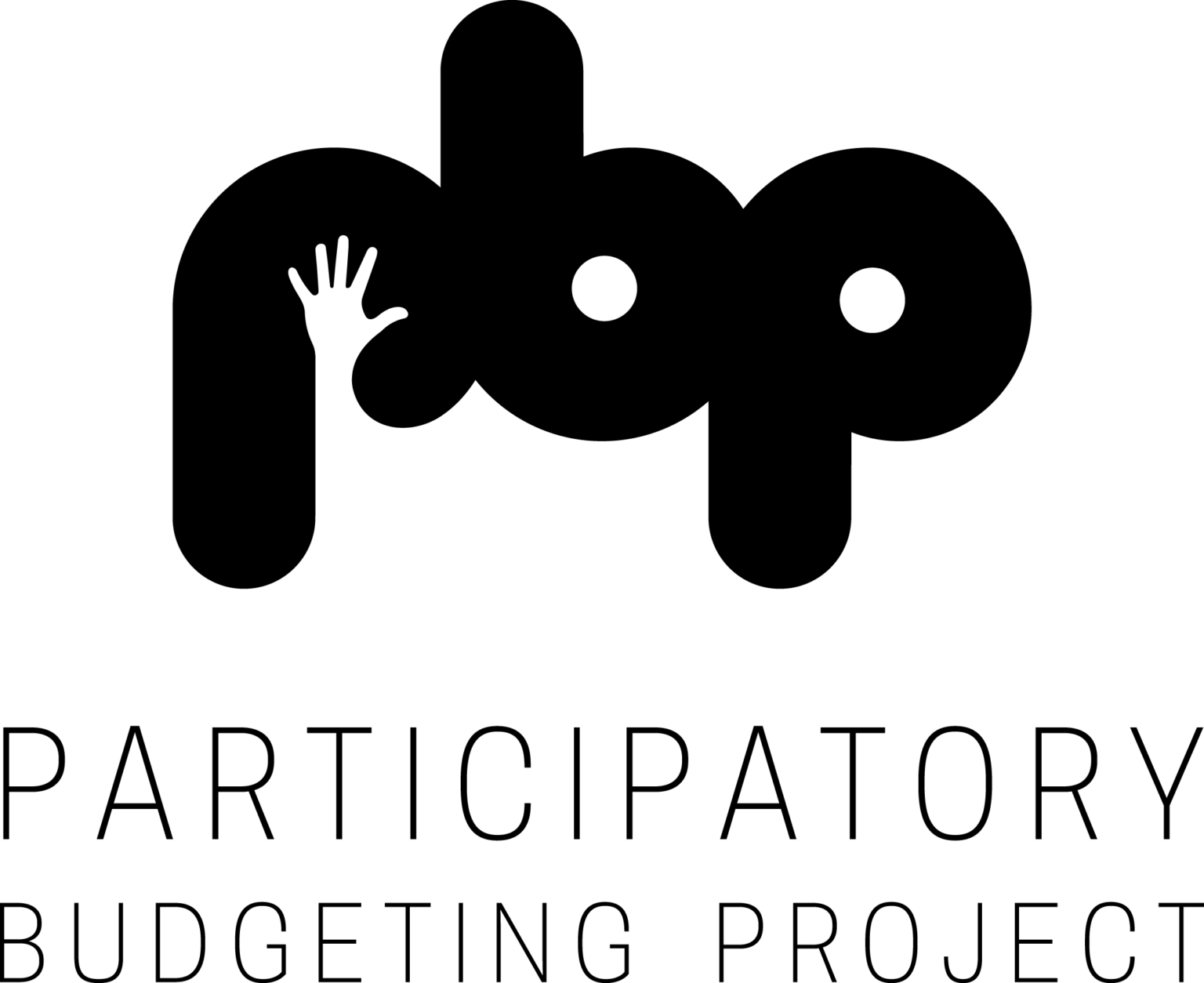PBP Director Josh Lerner recently said, ”democracy has become the political version of kale; almost everyone says it’s good, but few want to eat it.”
Following that notion, there’s been a lot of buzz recently about the potential for new technology to make participatory democracy more palatable–something more like kale chips, one might say.
That is, some researchers and civically minded techies believe that technology can streamline and strengthen PB so that hundreds more institutions can engage diverse residents—especially those from underrepresented communities—in meaningful and sustained participation. A number of technologies have already been implemented, and even more have been proposed.
This year, for instance, PB participants in NYC and Boston received texts messages reminding them when and where they could vote. Furthermore, several cities, including 5 of New York’s 24 city council districts, have tested digital ballots and experimental voting systems this year, with the help of our partners at the Stanford Crowdsourced Democracy Team and Democracy 2.1.
On the experimental digital ballot, which residents filled out in addition to regular ballots, voters were asked to pick $1 million dollars worth of projects rather than simply choosing their top five choices. This method–which the Stanford team calls knapsack voting–aims to help identify consensus among voters rather than go by traditional majority-wins style voting, as well as allows voters to add projects that may be low cost and seemingly not “necessities” to their choices if they have room (i.e. community art initiatives). Another experimental voting system developed by Democracy 2.1 allowed voters to “down vote” as well as “up vote” initiatives, a practice which is said to help lawmakers identify which projects are most controversial.
And beside from saving paper and allowing us to test new voting systems, digital ballots can make voting more accessible to underserved groups. For example, digital ballots can be automatically translated into a number of languages for non-English speaking residents.
Residents in cities like Long Beach, California have also been able to submit ideas digitally with Shareabouts, a map based-idea collection tool developed by an organization called Open Plans.
We’re also hoping to develop an interactive database that will enable budget delegates–those who gather and organize ballot initiatives–to examine projects that have been funded in the past, and see the research and data behind them. This will make the proposal development stage more effective and less time consuming, as well as help document PB-funded projects nationwide and build PB’s audience. The database is yet to come into fruition; any interested collaborators out there?
You can also help by joining us TOMORROW, August 5th, for a Hack Night hosted by BetaNYC for the NYC Big Apps Competition at 156 5th Ave, 2nd Fl, 7:00 PM! Participants will be competing to develop new technology that will work to improve four key issues identified by Mayor Bill de Blasio: affordable housing, zero waste, connected cities, and civic engagement.
Can’t make it? Contact our Data and Technology Manager, Aseem Mulji, for more information on how you (especially you open source developers!) can help take PB to the next level.
Aseem’s email is aseem@participatorybudgeting.org.






